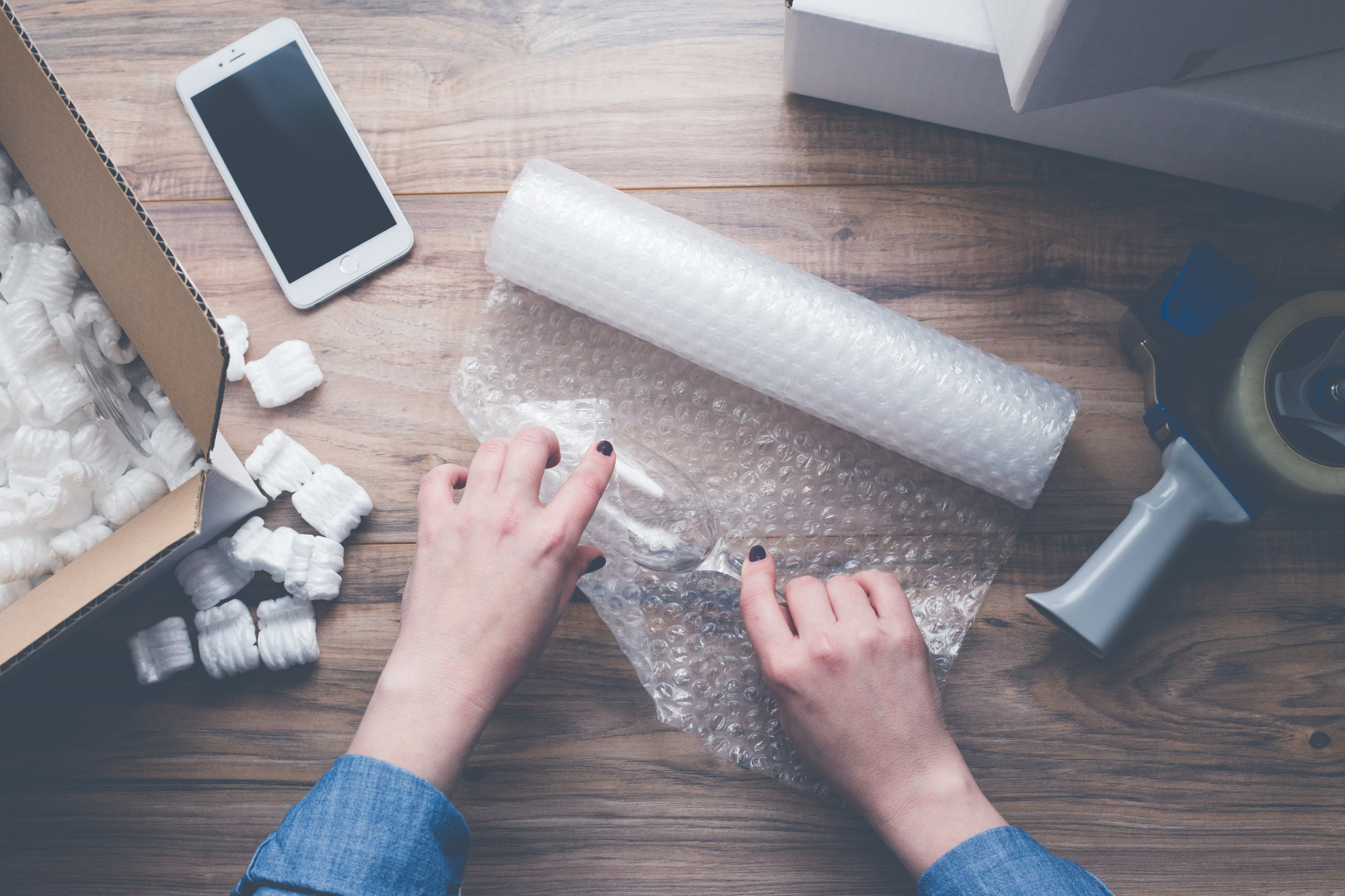Tips for Packing Fragile Items for a Move
Nothing will teach you the virtue of patience like smashing a prized possession during a move from location to location. For me, it was this lovely antique wash basin. A Delft Blue basin that had been in my family for many generations. Even though I had managed to have the priceless object repaired, I was never able to restore it to its original beauty. Eventually, I sold it for far less than its value.
My advice to you? Do all you can to avoid such tragic upsets on moving day by moving with a plan and plenty of patience. Here are some of the most important packing considerations that will allow you to preserve your fragile belongings while they are in transit.
1. Prepare in advance.
If you have many fragile items, or just a few, you will want to have them packed for transit before the big day arrives. Nothing creates opportunity for disaster like being rushed while packing and preparing fragile items. Make sure you have all the packaging materials you will need well in advance and have all the fragile items packed a few days before moving day. Then you will want to decide whether these items will be transported in the car with you, or in the moving van.
2. Have the right tools
It helps to have an idea of exactly what you will need to pack all the fragiles before you begin the task. Here is what you will need:
Quality 3 wall Gaylord Boxes (various sizes)
- Packing paper
- Packing tape
- Bubble wrap
- A large table or workspace
- Pliable cardboard
- Scissors
- An extra set of hands?

3. Label each box!
Make sure the boxes carrying your fragile items have been clearly labelled “FRAGILE.” This will ensure that the movers treat these items with extra care when loading, unloading and securing fragile items for transportation.
4. Do Some Research
You will find that there is a proper and improper way to package just about every product and contraption conceived by humanity. A large framed mirror will need to be packaged differently than a flat screen TV of the same size. If you know exactly how you will be packing each item, you can acquire these items before you begin the task of packaging fragile items.

How to pack fragile items:
Plates – fragile plates should be packed vertically in small boxes with plenty of packing paper in the top and bottom and all sides of the box. Each plate should be covered in bubble wrap. Place packing paper between each plate and make sure the box is not over stuffed.
Glasses – Individual glasses should be wrapped and filled with crumpled packing paper then placed into small to medium sized boxes that have been properly lined with packing paper. Then fill all the empty spaces around each glass with more packing paper. The idea is to keep the glasses from moving about while in the box. Place heaviest items in the bottom of the box and the lightest items at the top.
Lamps – to keep lamp shades in mint condition, keep them packed separately in individual boxes and plenty of packing paper, Bases can be packed in their own boxes as well.
Pictures/Frames – Picture frames should also be wrapped and placed into appropriately sized boxes. For all frames larger than 8 inches to a side, vertical arrangement is recommended. Wrap the frames in packing paper and bubble wrap if they are especially fragile. And make sure they are secured in their boxes with crumpled packing paper in empty spaces to minimize movement.
TVs – these flat screen TVs can be difficult to pack and this is one good reason to hang on to that original packaging. But you can pack them easily by removing all the cables and accessories from the TV and packing them together. Wrap the screen alone in a thick soft blanket and secure this around the TV with plenty of packing tape. Make sure the box you choose can fit the entire bundle snuggly.



